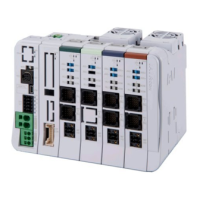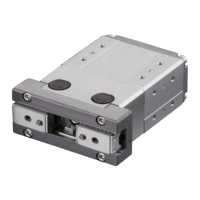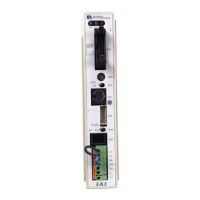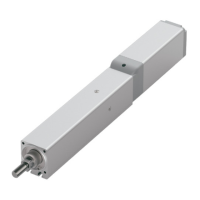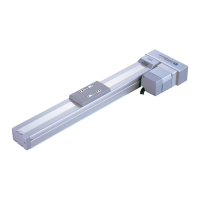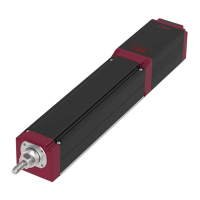6.1 Parameter
B6-61
ME0384-4A
Servo gain adjustment
At shipment from factory, parameters are set so that operation at rated load (maximum) is within
the payload capacity of the actuator and with stable operating characteristics.
However, at the actual usage sites, it may be necessary to perform servo adjustment.
This section explains the basic servo adjustment method.
Caution
● It is dangerous to make excessive settings suddenly. Damage to the equipment or the
actuator or injury may occur, so proceed with caution.
● Also, make sure to keep a record as you work so that it can be restored at any time.
● If you face problems which cannot be resolved, contact IAI.
Adjustment of stepper motor and AC servo motor
No. Problems Adjustment method
1
Positioning takes time
• Positioning accuracy is
insufficient
• Tact time needs to be
shorter
Set Parameter No. 55 "Position Command Primary Filter
Time Constant" to "0" if it is set.
• Increase Parameter No. 7 "Servo Gain Number". The
increased set value improves tracking of position
command. As a guideline for setting, set 3 to 10, at most
15 or less. If it is too high, overshoot may occur, which
will cause sound and vibration.
• When increasing Parameter No. 7 "Servo Gain Number",
Parameter No. 31 "Velocity Loop Proportional Gain"
should also be increased accordingly in order to ensure
stability of the control system.
• When increasing Parameter No. 31 "Velocity Loop
Proportional Gain", make sure to set it to about 20% of
the initial value. Adjust Parameter No. 7 "Servo Gain
2 Vibration occurs during
acceleration/deceleration
• This may be caused by excessive
"Acceleration/Deceleration Setting," or inadequate
rigidity of the device on which the actuator is mounted.
• Lower "Acceleration/Deceleration Setting".
• Lower Parameter No. 7 "Servo Gain Number".
If Parameter No. 7 "Servo Gain Number" is too low,
convergence will take longer.
• Or consider reinforcing the device.
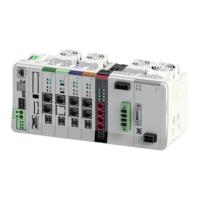
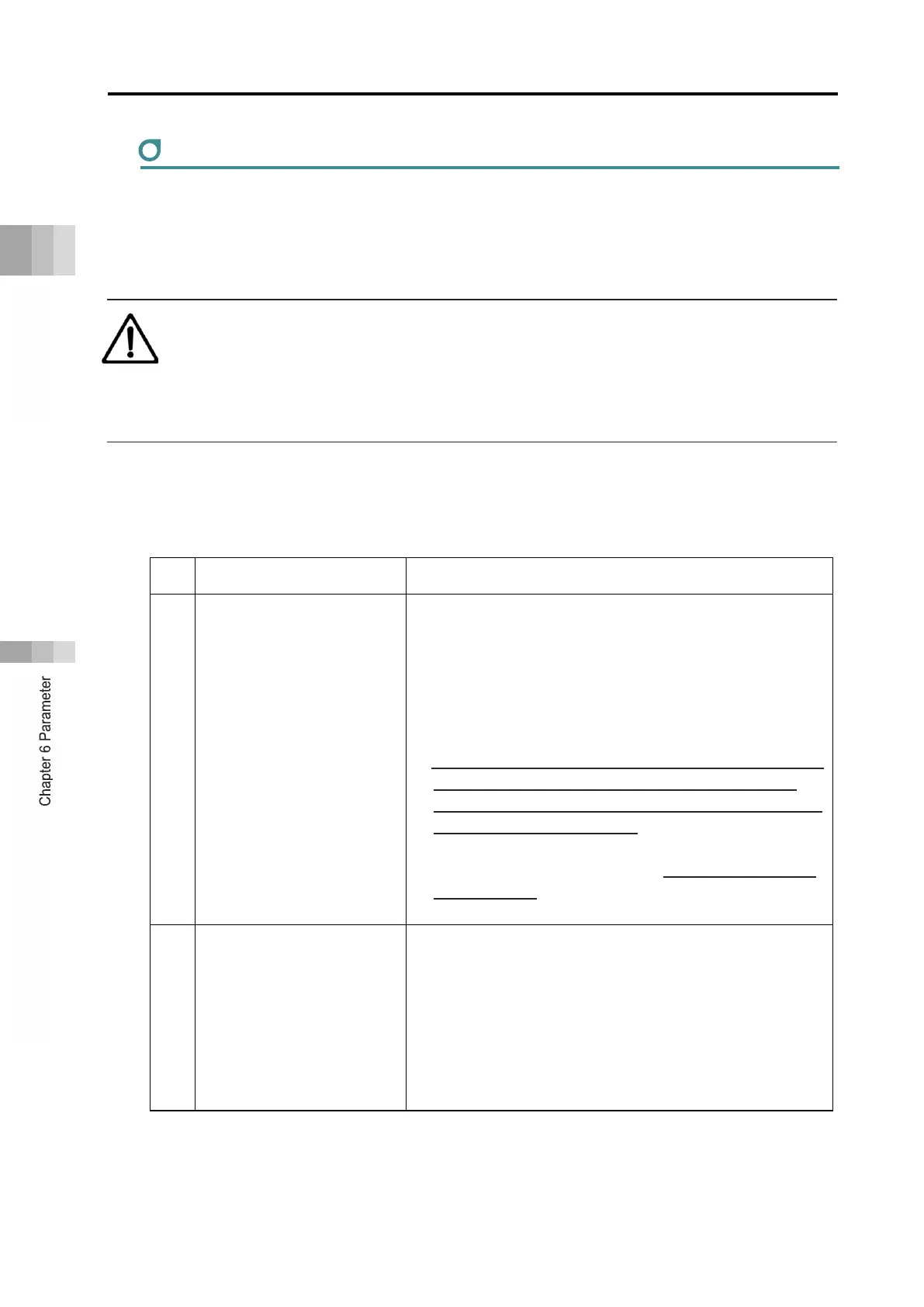